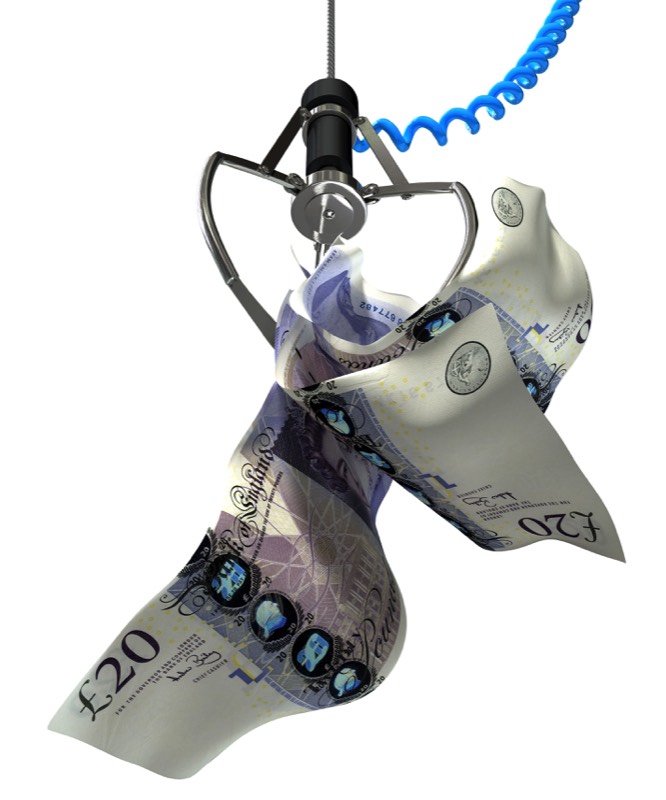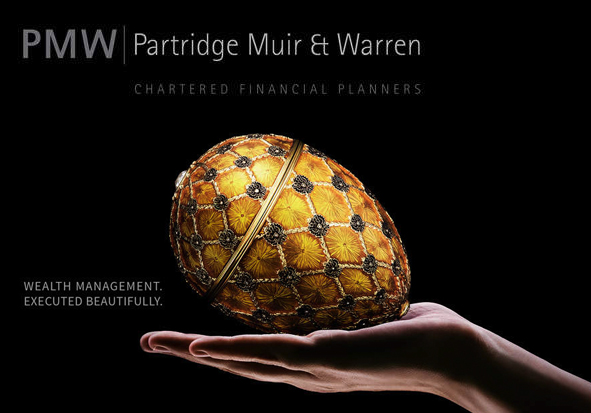FINANCE
Surrey’s Premier Lifestyle Magazine
Summer Budget blues
(part 2)In a follow up to his article in the previous edition of Essence, which looked at further regressive change to the tax regime for pensions, Simon Lewis sheds light on the increasing tax burden for some investors and in particular, small and medium size business (SME) owners in receipt of a dividend income.

The Summer Budget provided notice of a fundamental change to the way in which dividends are taxed. On the face of it, the changes (which take effect from the 2016/17 tax year) are part of a drive to both simplify and level the tax system. However, the new regime is forecast to raise an additional £2 billion in tax each year and much of this will be paid by those with substantial invested savings and owner managers of small and medium size companies.
The first thing to bear in mind is that a company must have sufficient profit or retained earnings (profits on which tax has already been paid) to pay a dividend. Therefore, any dividend paid is already effectively net of corporation tax, which is currently charged at 20%.
Some credit for this tax deduction is currently given through the application of a tax credit of 10%, which is then used to gross up the net dividend for tax calculation purposes. For example a dividend of £10,000 net is deemed to have been £11,111 gross with a tax paid credit of £1,111. Unfortunately, non-taxpayers and tax exempt savings schemes (ISAs, pensions etc.) are not able to reclaim the notionally paid tax. Nevertheless, basic rate tax payers have no further tax to pay.
Higher rate tax payers pay 32.5% of the grossed up dividend less the 10% tax credit, which equates to 25% of the net dividend received. For additional rate tax payers, the applicable rate of 37.5% is equivalent to 30% of the net dividend.
Under the new regime – to apply from April 2016, the notional 10% tax credit will be abolished and a new ‘tax-free’ allowance of £5,000 will be introduced. Whilst no credit will be given for the corporation tax paid (and therefore even dividend income within the allowance is not really tax-free), no further tax is paid on dividends received within the allowance, regardless of the top rate of income tax paid by the recipient. Dividends received by non-taxpayers and tax exempt savings schemes will be unaffected. However, once the allowance is used, dividends will be taxed at 7.5% (basic rate), 32.5% (higher rate) and 38.1% (additional rate).
The first thing to bear in mind is that a company must have sufficient profit or retained earnings (profits on which tax has already been paid) to pay a dividend. Therefore, any dividend paid is already effectively net of corporation tax, which is currently charged at 20%.
Some credit for this tax deduction is currently given through the application of a tax credit of 10%, which is then used to gross up the net dividend for tax calculation purposes. For example a dividend of £10,000 net is deemed to have been £11,111 gross with a tax paid credit of £1,111. Unfortunately, non-taxpayers and tax exempt savings schemes (ISAs, pensions etc.) are not able to reclaim the notionally paid tax. Nevertheless, basic rate tax payers have no further tax to pay.
Higher rate tax payers pay 32.5% of the grossed up dividend less the 10% tax credit, which equates to 25% of the net dividend received. For additional rate tax payers, the applicable rate of 37.5% is equivalent to 30% of the net dividend.
Under the new regime – to apply from April 2016, the notional 10% tax credit will be abolished and a new ‘tax-free’ allowance of £5,000 will be introduced. Whilst no credit will be given for the corporation tax paid (and therefore even dividend income within the allowance is not really tax-free), no further tax is paid on dividends received within the allowance, regardless of the top rate of income tax paid by the recipient. Dividends received by non-taxpayers and tax exempt savings schemes will be unaffected. However, once the allowance is used, dividends will be taxed at 7.5% (basic rate), 32.5% (higher rate) and 38.1% (additional rate).
Those most affected are likely to be small and medium size business owners that are remunerated through a combination of salary, taxable benefits and dividend. In many cases, their share of the financial cake they have baked is about to get smaller. To illustrate the scale of the impact we should consider a worked example that firstly assumes salary and taxable benefits are sufficient to utilise the personal income tax allowance and basic rate income tax band. In addition, dividend income of say £100,000 is received annually.
In this example, the increase in personal income tax due is a staggering 23.5%.
It should be remembered that corporation tax of £25,000 will have been paid to enable a net dividend of £100,000. Therefore, for an owner managed business, the tax borne by a pre-tax profit of £125,000 would total £55,875 (44.7%).
Financial planning strategies to mitigate the impact of this tax increase include making sure spouses and civil partners are each in a position to make use of their £5,000 dividend allowances by balancing out enough of their investments to enable this. Business owners should make sure shares are in the right hands and try to boost dividend payments this tax year before the tax rises take effect. However, even then it will generally be better to draw dividends than salary/bonuses to save National Insurance contributions.
HMRC has, for many years, been agitated by the perceived tax advantage gained by those who incorporate their business and at a time when our Government is strapped for cash, it is understandable there has been pressure to address this imbalance. However, this new approach could inadvertently stifle entrepreneurial activity. The remaining tax breaks for entrepreneurs will be centred on those that found, grow and subsequently sell a business. There will be much less incentive to simply retain ownership and generate consistent profits (and tax revenue for the Government) as the only way to cash in tax efficiently on the risk, stress, sweat and toil will be to cash out. This might not produce the best long term outcome for the UK economy.
If you are not a client of PMW, you may find the impact of these important issues on you will not be evaluated before it is too late to alter your strategy. Please contact us if you would like to arrange a personal consultation.
In this example, the increase in personal income tax due is a staggering 23.5%.
It should be remembered that corporation tax of £25,000 will have been paid to enable a net dividend of £100,000. Therefore, for an owner managed business, the tax borne by a pre-tax profit of £125,000 would total £55,875 (44.7%).
Financial planning strategies to mitigate the impact of this tax increase include making sure spouses and civil partners are each in a position to make use of their £5,000 dividend allowances by balancing out enough of their investments to enable this. Business owners should make sure shares are in the right hands and try to boost dividend payments this tax year before the tax rises take effect. However, even then it will generally be better to draw dividends than salary/bonuses to save National Insurance contributions.
HMRC has, for many years, been agitated by the perceived tax advantage gained by those who incorporate their business and at a time when our Government is strapped for cash, it is understandable there has been pressure to address this imbalance. However, this new approach could inadvertently stifle entrepreneurial activity. The remaining tax breaks for entrepreneurs will be centred on those that found, grow and subsequently sell a business. There will be much less incentive to simply retain ownership and generate consistent profits (and tax revenue for the Government) as the only way to cash in tax efficiently on the risk, stress, sweat and toil will be to cash out. This might not produce the best long term outcome for the UK economy.
If you are not a client of PMW, you may find the impact of these important issues on you will not be evaluated before it is too late to alter your strategy. Please contact us if you would like to arrange a personal consultation.
essence info
Simon Lewis is writing on behalf of Partridge Muir & Warren Ltd (PMW), Chartered Financial Planners, based in Esher. The Company has specialised in providing wealth management solutions to private clients for 46 years.Simon is an independent financial adviser, chartered financial planner and chartered fellow of the Chartered Institute for Securities and Investment. The opinions outlined in this article are those of the writer and should not be construed as individual advice. To find out more about financial advice and investment options please contact Simon at Partridge Muir & Warren Ltd. Partridge Muir & Warren Ltd is authorised and regulated by the Financial Conduct Authority.
Telephone: 01372 471 550
Email: simon.lewis@pmw.co.uk
Website: www.pmw.co.uk

